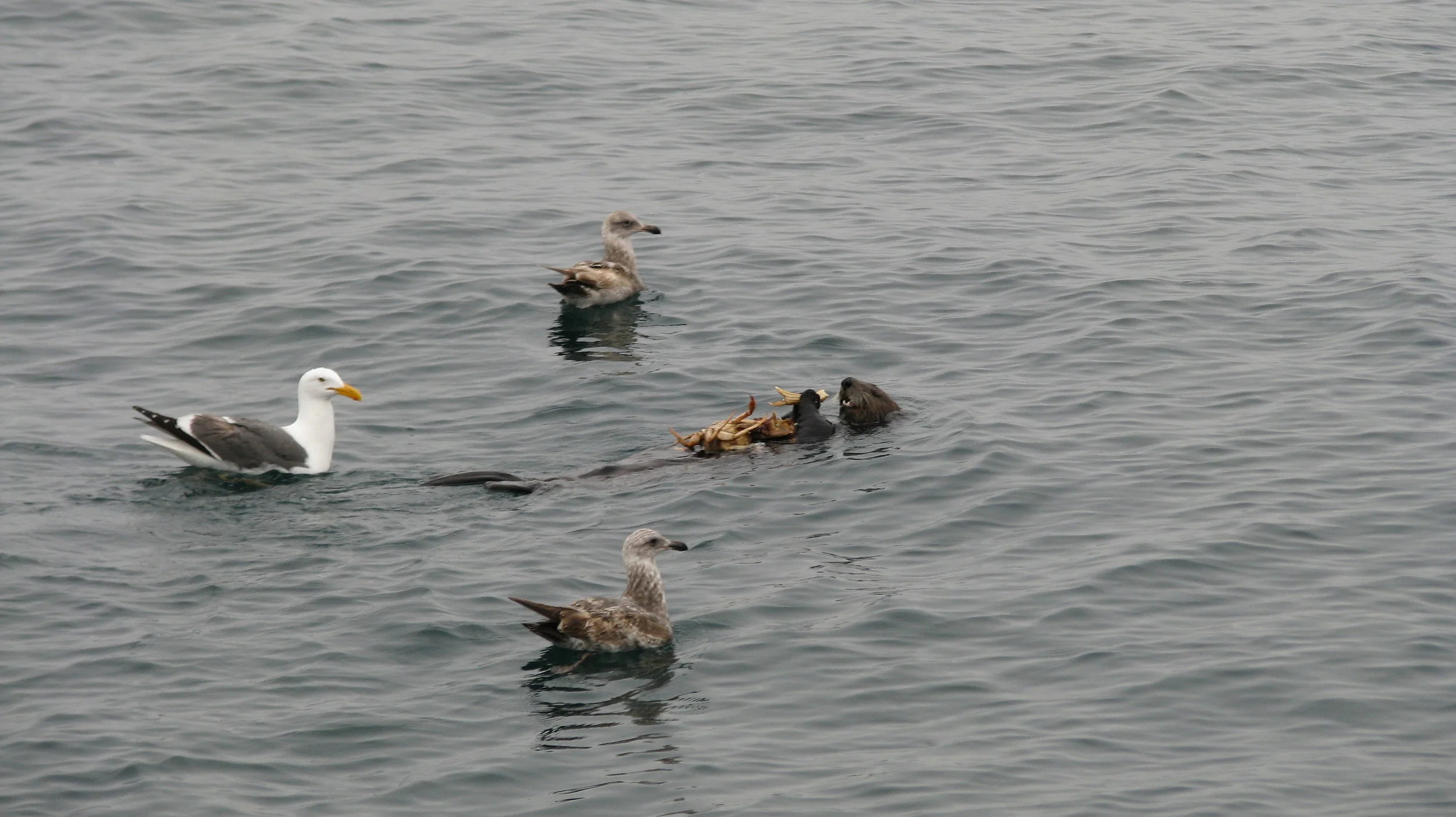ABOUT JAMES
I am a science writer and public information officer at my doctoral alma mater – the University of Washington – where I report on research discoveries and other news in biology, chemistry, physics, astronomy, engineering, mathematics and statistics.
My journey to science and science communication:
One day when I was about four years old, my family took shelter in a crawlspace because a tornado struck our town. I'll never forget the roar, from both the storm and the sirens. It was deafening. I'll also never forget how pappaw – that's how we say "grandfather" in my family – noticed that I was trembling and tried to comfort me. Tornadoes were nothing to fear, he said. They may seem scary and monstrous, but there's a natural explanation for why they exist. They're something we can learn about, he explained. He even pointed out that we've already learned a lot about tornadoes, which has let us implement policies to keep us safe. Those alert sirens, for example, were not around when he was my age.
The storm passed. We were safe. And though I didn't realize it at the time, my pappaw's lecture planted an idea in my head: My fears are not irrational. So, as I grew up, when something would scare me I would be frightened for awhile – sometimes, for a long time. But eventually, I would recall his lesson. I would remember that we can explore the natural world. We can ask questions about nature, and use scientific inquiry to carve our fears into manageable bits. Science tamed my childhood apprehensions – from tornadoes on the horizon to those mean-looking dinosaurs in my science books.
Eventually, these childhood fears – now dissected and understood – spawned legitimate interests in subjects such as evolution, cell biology, genetics and geology. I became a scientist. I probed genes in labs and dug up fossils out west. And in a nod to pappaw's crawlspace lecture, during years in the lab I also developed interests in communicating science to other people.
One day when I was 32 years old, I learned that political polarization and budget cuts would end my 11-year career in lab research. I absorbed this news and let myself be scared for awhile – so much so that, at one point I was tempted to flee for the nearest crawlspace. But after awhile, I decided it was time to seek a new path – to finally fuse my fear-rooted passion for science with the storytelling skills of my forebears. I enrolled in the science communication program at the University of California, Santa Cruz. I wrote for newspapers, web publications, government agencies and a university. After graduation, I returned to my doctoral alma mater – the University of Washington – to work in their news office, where I seek out interesting and impactful discoveries and share them with you.
Labs I have worked in:
Cell membrane dynamics in worms – Carissa Olsen's lab – Fred Hutchinson Cancer Research Center (Seattle, WA, U.S.A.): 2013-2014 as a senior researcher and lab manager. Dr. Olsen is currently an assistant professor of chemistry and biochemistry at the Worcester Polytechnic Institute in Worcester, MA, U.S.A.
Gene regulation and evolution in plants – Christine Queitsch's lab – University of Washington (Seattle, WA, U.S.A.): 2011-2013 as a postdoctoral fellow.
Sex determination and sex chromosomes in stickleback fish – Catherine Peichel's lab – Fred Hutchinson Cancer Research Center: 2005-2011 as a graduate student. Dr. Peichel is currently a professor in the Institute of Evolution and Ecology at the University of Bern in Bern, Switzerland.
Protozoan genetics – Meng-Chao Yao's lab – Fred Hutchinson Cancer Research Center: Summer 2002 as an undergraduate intern, 2003-2005 as a research technician. Dr. Yao was later a Distinguished Research Fellow in the Institute for Molecular Biology at the Academia Sinica in Taipei, Taiwan. He is now retired.
Bacterial cell division – David Weiss' lab – University of Iowa (Iowa City, IA): Summer 2001 as an undergraduate intern.
My resume contains additional information on my education and research background.

